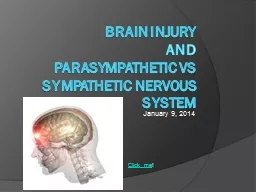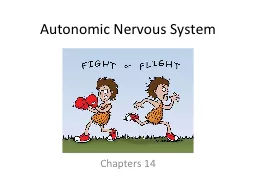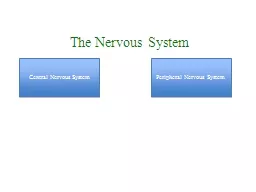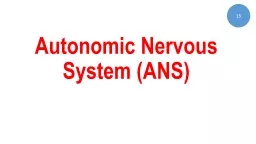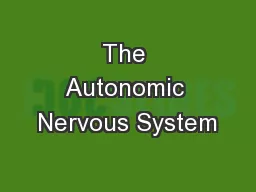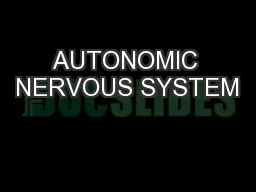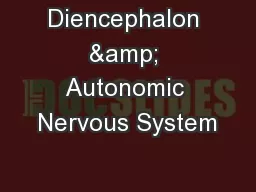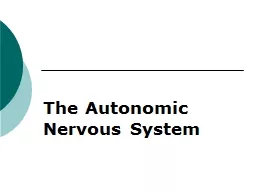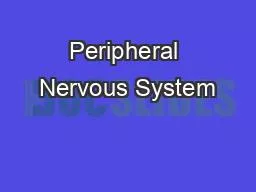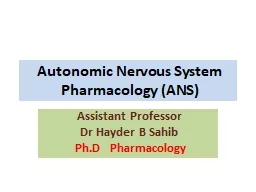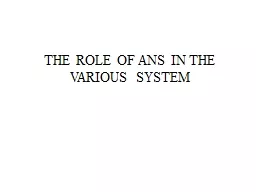PPT-Brain Injury and Parasympathetic vs Sympathetic nervous system
Author : briana-ranney | Published Date : 2018-09-29
Decmber 58 2014 Click me Traumatic Brain Injury TBI Leading cause of accidental death among all people in US 17 million experience TBI each year causing 52000
Presentation Embed Code
Download Presentation
Download Presentation The PPT/PDF document "Brain Injury and Parasympathetic vs Sy..." is the property of its rightful owner. Permission is granted to download and print the materials on this website for personal, non-commercial use only, and to display it on your personal computer provided you do not modify the materials and that you retain all copyright notices contained in the materials. By downloading content from our website, you accept the terms of this agreement.
Brain Injury and Parasympathetic vs Sympathetic nervous system: Transcript
Download Rules Of Document
"Brain Injury and Parasympathetic vs Sympathetic nervous system"The content belongs to its owner. You may download and print it for personal use, without modification, and keep all copyright notices. By downloading, you agree to these terms.
Related Documents

